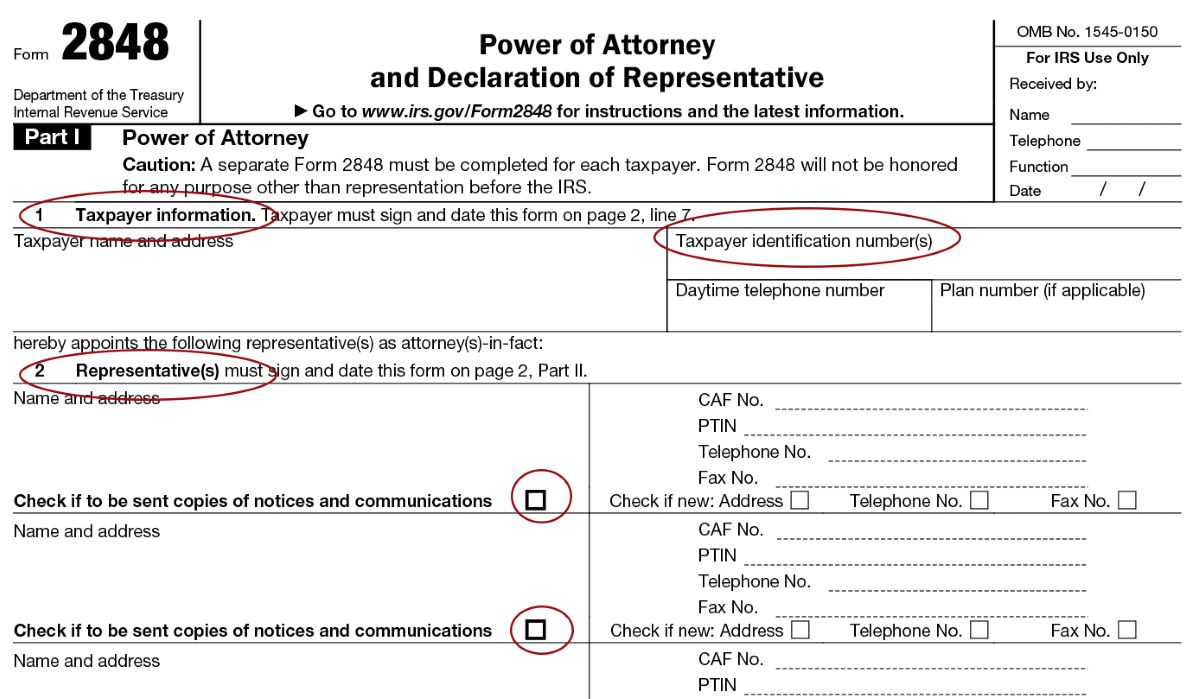Home>Finance>Social Impact Bond (SIB): Definition, How It Works, And Example


Finance
Social Impact Bond (SIB): Definition, How It Works, And Example
Published: January 30, 2024
Learn the definition, working mechanism, and example of Social Impact Bond (SIB) in finance to understand its potential impact on social investments.
(Many of the links in this article redirect to a specific reviewed product. Your purchase of these products through affiliate links helps to generate commission for LiveWell, at no extra cost. Learn more)
Unlocking Potential: Understanding Social Impact Bonds
In the world of finance, innovation is constantly pushing boundaries and finding new ways to create positive change. One such innovation is the Social Impact Bond (SIB), a financial instrument that aims to address social challenges while providing financial returns. In this blog post, we will dive into the world of SIBs, exploring its definition, how it works, and provide a real-life example to illustrate its impact.
Key Takeaways:
- Social Impact Bonds (SIBs) are financial instruments designed to tackle social issues while providing financial returns to investors.
- SIBs involve collaboration between governments, private investors, and service providers.
Definition: What is a Social Impact Bond?
A Social Impact Bond is a pay-for-success model that aims to tackle social issues through the collaboration of governments, private investors, and service providers. Also known as a Pay-for-Success Bond or a Social Benefit Bond, an SIB is designed to shift the risk of implementing social programs from the government to private investors.
Simply put, an SIB works by attracting private investment to fund social programs with the potential for long-term positive impact. The government sets specific social outcomes and goals, and if those goals are achieved, the investors receive their principal investment back with a financial return. This innovative financial tool allows governments to focus on outcomes rather than inputs and empowers investors to drive social impact through their investments.
How Does a Social Impact Bond Work?
Let’s break it down into four main steps:
- Identifying Social Issues: Governments identify social issues such as homelessness, education, or healthcare, where outcomes can be measured and improved through a specific intervention.
- Private Investment: Private investors, such as philanthropic organizations or impact funds, provide the upfront capital to fund the social programs.
- Service Providers: Non-profit organizations or service providers deliver the interventions and work towards achieving the defined social outcomes.
- Outcome Measurement and Payment: Independent evaluators measure the success of the program based on predetermined outcomes. If the defined outcomes are achieved, the government repays the investors’ principal amount with financial returns.
This model ensures that government funding is directed towards programs with proven results, reducing the risk of investing in unproven initiatives.
A Real-Life Example: Massachusetts Juvenile Justice SIB
One real-life example of a Social Impact Bond is the Massachusetts Juvenile Justice SIB. The goal of this program was to reduce recidivism rates among young offenders. Private investors provided the initial funding, while nonprofit service providers delivered intensive interventions to the at-risk population.
Independent evaluations were conducted to measure the success of the program, specifically focusing on the reduction of reoffending rates. If the program achieved the predefined outcomes, the government would repay the investors’ capital and provide a financial return based on the success achieved.
This example showcases how SIBs can mobilize private investment to address complex social issues, while also emphasizing the importance of measurable impact and accountability.
Conclusion
Social Impact Bonds represent a unique and innovative approach to financing and solving social challenges. By aligning financial returns with positive social outcomes, SIBs offer an avenue for investors to make a tangible difference in the world while generating financial returns. Governments benefit from this model by shifting the risk to private investors and focusing on outcome-driven strategies.
With their ability to tackle social issues in a sustainable and measurable way, Social Impact Bonds are gaining traction worldwide and offer tremendous potential for creating long-term positive change.













